12 Forts of Chhatrapati Shivaji Maharaj Recognized as UNESCO World Heritage Sites
Ankit Gupta | Jul 12, 2025, 17:47 IST
Maharashtra Fort
( Image credit : Pixabay )
From Shivneri, where a young Shivaji was born, to Raigad, where he was crowned Chhatrapati, and Sindhudurg, his naval fortress that symbolized maritime sovereignty—these forts narrate an unfolding saga of courage, resilience, and vision. Each stone holds the echo of swords drawn for freedom, of secret councils, and of dreams for a just, indigenous rule.
In a proud moment for India, especially Maharashtra, 12 iconic forts associated with Chhatrapati Shivaji Maharaj have been recognized by UNESCO as World Heritage Sites under the category of “Maratha Military Landscapes.” These forts symbolize more than military structures—they are testaments to India’s indigenous architectural ingenuity, strategic brilliance, and a deep-rooted spirit of sovereignty that Chhatrapati Shivaji embodied in the 17th century.
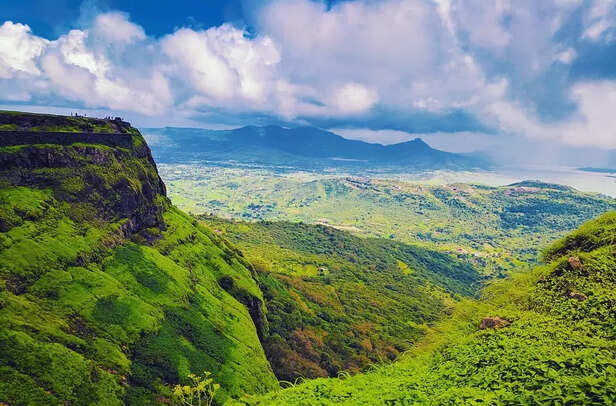
Historical Significance: Salher Fort is the site of the Battle of Salher (1672), one of the rare open-field battles won by the Marathas against the Mughals.
Unique Features: Located in the Selbari range of the Western Ghats, it is one of the highest forts in Maharashtra and offers panoramic views across the Deccan plateau.
Strategic Value: Due to its elevation and proximity to Gujarat, it was key for controlling trade routes.
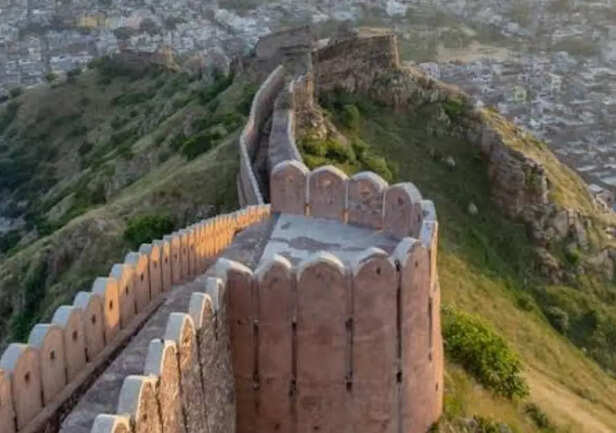
Historical Significance: Birthplace of Shivaji Maharaj in 1630.
Unique Features: Surrounded by steep cliffs, the fort has seven gates and a natural water supply. The 'Shiv Janmasthan' monument marks his birthplace inside the fort.
Spiritual Connection: A small temple of Goddess Shivai, after whom Shivaji was named, is also located here.
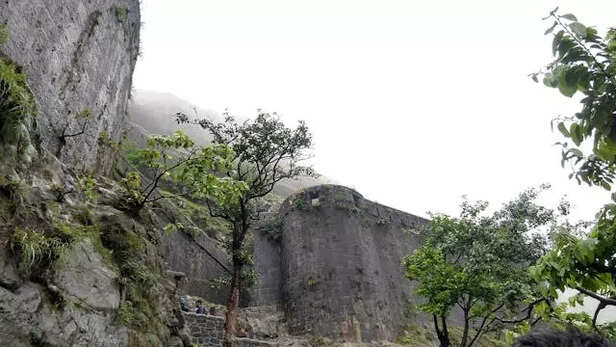
Historical Significance: Captured by Shivaji in 1648 and used for storing treasury.
Unique Features: Famous for the Vinchu Kata (Scorpion Tail) structure—a long fortified spur.
Scenic Value: Now a popular trek destination, its blend of rugged stone walls with lush greenery during monsoons gives it a surreal charm.
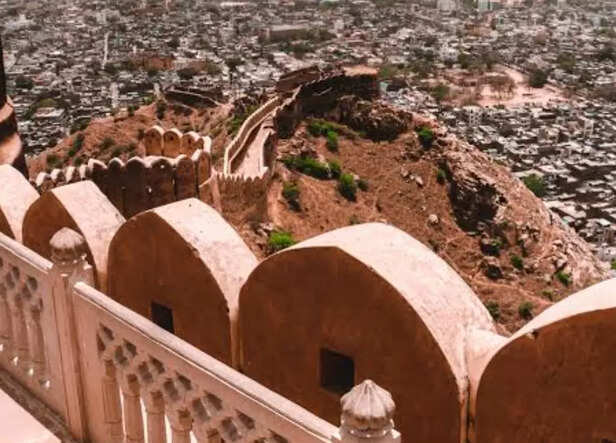
Historical Significance: A naval base established by Shivaji in 1679 to counter Siddis of Janjira.
Unique Features: Located on an island off the Konkan coast, the fort includes lighthouses, cannons, and underground water tanks.
Strategic Role: It was a crucial part of the Maratha navy in the Arabian Sea.
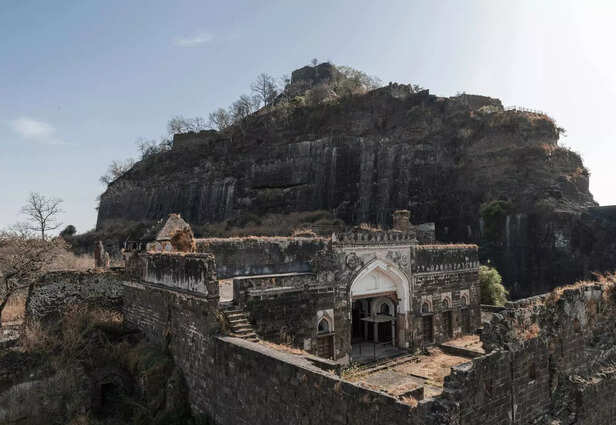
Historical Significance: The capital of Shivaji’s empire and the site of his coronation as Chhatrapati in 1674.
Unique Features: Located 2,700 feet above sea level with a Mahadarwaja, Raj Sabha, Jagadishwar Temple, and Shivaji’s Samadhi.
Emotional Value: Considered the political and spiritual heart of the Maratha Empire.
6.
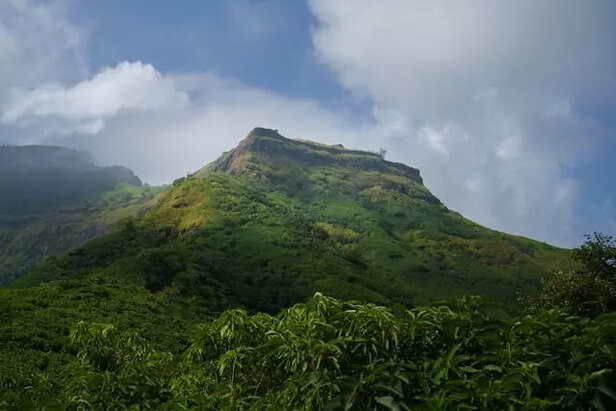
Historical Significance: Capital of Shivaji’s kingdom for over 25 years before Raigad.
Unique Features: Built on a hill named Murumb Devacha Dongar, Rajgad is known for its vast citadel with parts named Padmavati Machi, Sanjeevani Machi, and Suvela Machi.
Personal Connection: Shivaji’s beloved queen Saibai died here, and it was his base during many key military campaigns.
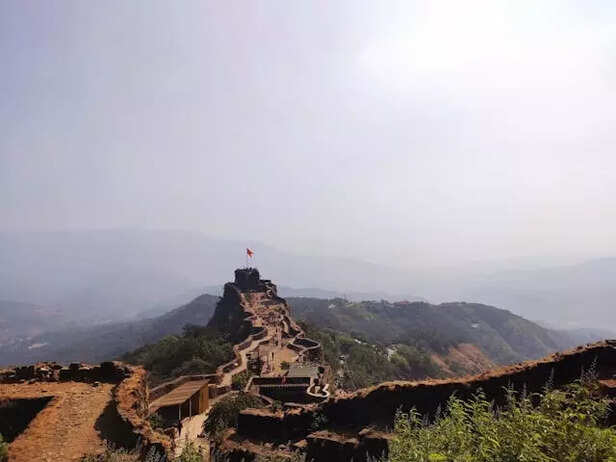
Historical Significance: Site of the legendary battle with Afzal Khan in 1659.
Unique Features: A blend of upper and lower fort structures; has a statue of Shivaji Maharaj and a Bhavani Temple.
Strategic Design: Built to guard the Par Pass, it commands key trade and military routes.
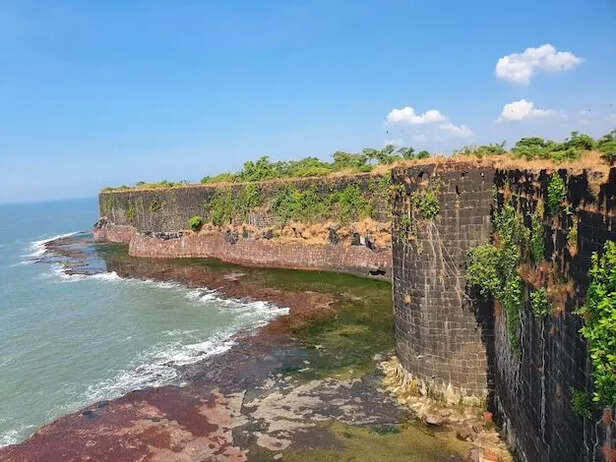
Historical Significance: Built by Shivaji to challenge Portuguese and Siddi naval power.
Unique Features: A sea fort built on an island, surrounded by walls that rise directly out of the sea.
Naval Power Symbol: Once considered impregnable, it played a vital role in Maratha dominance over the Arabian Sea.
9.
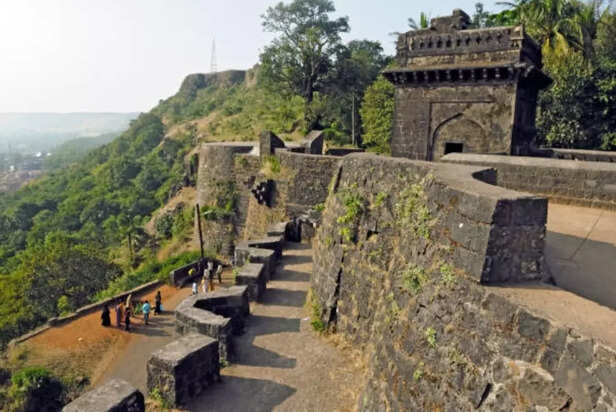
Historical Significance: Known for the Battle of Pavan Khind, where Shivaji escaped an enemy siege with Bajiprabhu Deshpande’s sacrifice.
Unique Features: One of the largest forts in Deccan, it contains Andhar Bavadi (Hidden Well) and Teen Darwaza (Triple Gate).
Cultural Role: Served as a retreat and administrative center in various phases.

Historical Significance: A major naval base built by Shivaji; formerly known as Gheria.
Unique Features: Fortified with underwater chains to halt enemy ships; has multiple bastions, and is surrounded by the sea on three sides.
Scientific Marvel: Often referred to as the “Eastern Gibraltar” due to its maritime defenses.
11.
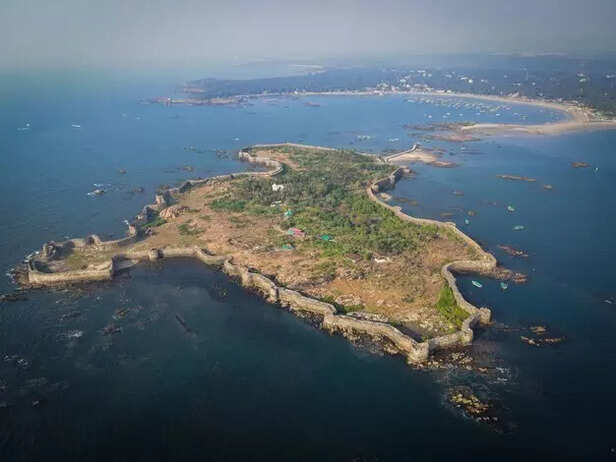
Historical Significance: Built by Shivaji in 1664 to establish control over the western coast.
Unique Features: Constructed on an island with 3 km-long zigzag walls, hidden entrance, and a rare temple dedicated to Shivaji himself.
Cultural Footprint: The handprint and footprint of Shivaji are preserved in the fort.
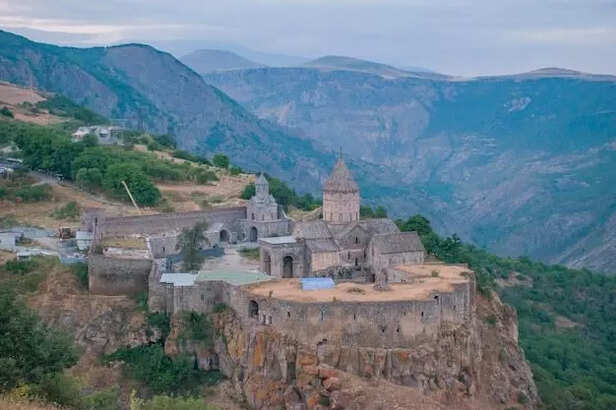
Historical Significance: Captured by Shivaji’s army in 1677 during his southern campaign.
Unique Features: Spread over three hills, it is often called the "Troy of the East" due to its formidable defenses.
Architectural Wonder: Contains granaries, temples, and fortifications built by several dynasties, including the Marathas.
Unlike the symmetrical Mughal forts built in flat terrain, Shivaji’s fort strategy emphasized mobility, elevation, and decentralization. Each fort was not just a military outpost but a center for administration, trade, and spiritual activity.
Key architectural philosophies include:
UNESCO inscribed these 12 forts under the theme of “Maratha Military Landscapes” for their:
Maharashtra Chief Minister Devendra Fadnavis called this recognition a “proud moment” not only for the state but for all Indians. It honors the legacy of Chhatrapati Shivaji Maharaj, a visionary leader who established an indigenous model of governance rooted in dharma, discipline, and devotion to the land.
These forts are not just stones—they are living legacies, standing as sentinels of sovereignty, culture, and resistance. With UNESCO’s nod, the world now turns its gaze to the grandeur of the Maratha legacy.
1. Salher Fort

(Nashik, Maharashtra)
( Image credit : Pixabay )
Historical Significance: Salher Fort is the site of the Battle of Salher (1672), one of the rare open-field battles won by the Marathas against the Mughals.
Unique Features: Located in the Selbari range of the Western Ghats, it is one of the highest forts in Maharashtra and offers panoramic views across the Deccan plateau.
Strategic Value: Due to its elevation and proximity to Gujarat, it was key for controlling trade routes.
2. Shivneri Fort

(Junnar, Pune)
( Image credit : Pexels )
Historical Significance: Birthplace of Shivaji Maharaj in 1630.
Unique Features: Surrounded by steep cliffs, the fort has seven gates and a natural water supply. The 'Shiv Janmasthan' monument marks his birthplace inside the fort.
Spiritual Connection: A small temple of Goddess Shivai, after whom Shivaji was named, is also located here.
3. Lohgad Fort

(Lonavala, Pune District)
( Image credit : Pexels )
Historical Significance: Captured by Shivaji in 1648 and used for storing treasury.
Unique Features: Famous for the Vinchu Kata (Scorpion Tail) structure—a long fortified spur.
Scenic Value: Now a popular trek destination, its blend of rugged stone walls with lush greenery during monsoons gives it a surreal charm.
4. Khanderi Fort

(Raigad District)
( Image credit : Pexels )
Historical Significance: A naval base established by Shivaji in 1679 to counter Siddis of Janjira.
Unique Features: Located on an island off the Konkan coast, the fort includes lighthouses, cannons, and underground water tanks.
Strategic Role: It was a crucial part of the Maratha navy in the Arabian Sea.
5. Raigad Fort

(Raigad District, Maharashtra)
( Image credit : Pexels )
Historical Significance: The capital of Shivaji’s empire and the site of his coronation as Chhatrapati in 1674.
Unique Features: Located 2,700 feet above sea level with a Mahadarwaja, Raj Sabha, Jagadishwar Temple, and Shivaji’s Samadhi.
Emotional Value: Considered the political and spiritual heart of the Maratha Empire.
6. Rajgad Fort

(Pune District)
( Image credit : Pexels )
Historical Significance: Capital of Shivaji’s kingdom for over 25 years before Raigad.
Unique Features: Built on a hill named Murumb Devacha Dongar, Rajgad is known for its vast citadel with parts named Padmavati Machi, Sanjeevani Machi, and Suvela Machi.
Personal Connection: Shivaji’s beloved queen Saibai died here, and it was his base during many key military campaigns.
7. Pratapgad Fort

(Satara District)
( Image credit : Pexels )
Historical Significance: Site of the legendary battle with Afzal Khan in 1659.
Unique Features: A blend of upper and lower fort structures; has a statue of Shivaji Maharaj and a Bhavani Temple.
Strategic Design: Built to guard the Par Pass, it commands key trade and military routes.
8. Swarnadurg Fort

(Ratnagiri District)
( Image credit : Freepik )
Historical Significance: Built by Shivaji to challenge Portuguese and Siddi naval power.
Unique Features: A sea fort built on an island, surrounded by walls that rise directly out of the sea.
Naval Power Symbol: Once considered impregnable, it played a vital role in Maratha dominance over the Arabian Sea.
9. Panhala Fort

(Kolhapur District)
( Image credit : Getty Editorial )
Historical Significance: Known for the Battle of Pavan Khind, where Shivaji escaped an enemy siege with Bajiprabhu Deshpande’s sacrifice.
Unique Features: One of the largest forts in Deccan, it contains Andhar Bavadi (Hidden Well) and Teen Darwaza (Triple Gate).
Cultural Role: Served as a retreat and administrative center in various phases.
10. Vijaydurg Fort

(Kolhapur District)
( Image credit : Getty Editorial )
Historical Significance: A major naval base built by Shivaji; formerly known as Gheria.
Unique Features: Fortified with underwater chains to halt enemy ships; has multiple bastions, and is surrounded by the sea on three sides.
Scientific Marvel: Often referred to as the “Eastern Gibraltar” due to its maritime defenses.
11. Sindhudurg Fort

(Malvan, Maharashtra)
( Image credit : Freepik )
Historical Significance: Built by Shivaji in 1664 to establish control over the western coast.
Unique Features: Constructed on an island with 3 km-long zigzag walls, hidden entrance, and a rare temple dedicated to Shivaji himself.
Cultural Footprint: The handprint and footprint of Shivaji are preserved in the fort.
12. Gingee Fort

(Tamil Nadu)
( Image credit : Freepik )
Historical Significance: Captured by Shivaji’s army in 1677 during his southern campaign.
Unique Features: Spread over three hills, it is often called the "Troy of the East" due to its formidable defenses.
Architectural Wonder: Contains granaries, temples, and fortifications built by several dynasties, including the Marathas.
The Strategic Philosophy Behind Maratha Forts
Key architectural philosophies include:
- Integration with terrain (hilltops, cliffs, islands)
- Limited frontal exposure to avoid sieges
- Natural camouflage using local stone
- Secret water tanks and tunnels
- Multi-layered gates and narrow entryways
Why UNESCO Recognized These Forts
- Architectural ingenuity adapted to diverse terrain
- Symbolic representation of indigenous sovereignty
- Cultural continuity, blending martial and sacred elements
- Political decentralization enabling regional governance
- Naval and inland defense systems reflecting hybrid strategies
A Moment of National Pride
These forts are not just stones—they are living legacies, standing as sentinels of sovereignty, culture, and resistance. With UNESCO’s nod, the world now turns its gaze to the grandeur of the Maratha legacy.
